With social technology expanding every day, it has never been easier to connect with your customers and clients. For content creators, the era of social media allows small content providers to effectively promote and market their podcasts in an economical way to a very targeted demo, ultimately incrementally growing your listener base.
For independents, entering the realm of content creation, Facebook advertising has provided a powerful marketing platform to deliver their content in front of their exact demographic. Targeting via likes, interests, hobbies, age, demo, etc. provides a broad target to choose from. If you’re ready to experiment in expanding your podcast into uncharted territory, then Facebook advertising may be your answer.
Are you ready to have others discover your podcast?
The first thing you have to ask yourself is ‘are you really ready’ for others to discover your podcast? For the new podcaster, it’s important to have a number of shows already ‘on the books’ as well as a consistency on when you will push out your next show. Obviously, one of the most important goals is to get more people to listen to your content, but until you are fully prepared with a consistent plan of distributing new content, don’t bother investing in a marketing strategy. Before you can start any marketing campaign (podcasts or otherwise), make sure to quantify exactly what your goals are. A generic goal such as “get more listeners” will invariably lead to failure because you won’t be able to move forward afterward if you don’t have a consistent plan on distributing future shows. Be overly prepared before attempting a marketing strategy.
Are You Going to Measure ROI of Your Advertisement?
What is the cost-justification of placing a Facebook ad to promote your podcast? Are you setting a target goal for new listeners to subscribe to your email list or RSS feed? Facebook ads are an analytics dream, as you are able to monitor and track how well your ad does. Facebook allows you to experiment with targeting, and you can easily track your progress. But you need to set measurable goals to justify the opportunity cost of investing in Facebook ads.
Facebook ads easily track how many visitors clicked through to your site after your ad went live. For podcasts, the primary way of measurement is to track daily downloads. Be sure to monitor your average daily downloads prior to your ad so you can make an assessment of success. This way, you will have reliable data from which you can analyze the success of your campaign.
Why Not Set Up A Trackable Landing Page?
To get a clear understanding on measurement, we recommend setting up a campaign to a vanity url where your podcast can live. In this case, it will be “clicks to website.” On your landing page, you can have detailed information about your podcast, scheduling, opt-in emails, and a link to iTunes. This way, by having a landing page and driving your ad to a specific URL, you can easily track the success of your campaign.
Facebook provides you detailed reporting on clicks you to your site. You can then create a metric based on web visits & contract it to the number of downloads. For example, if you have one hundred people clicking on your podcast URL and 35 downloaded the show, you can measure success as a 35% download rate. From there, you can tweak your content or your ad targeting, based on the success of your campaign.
Mobile vs. Desktop Ads
When creating a new marketing campaign, it’s important that you know where to reach your audience. While desktop ads can be effective, far more Facebook users are accessing their feeds on a mobile device. Think about it, do you normally check Facebook on your computer or your phone?
Similarly, podcast listeners will usually listen to content when they’re out and about, on-the-go…while waiting in line, riding the bus, etc. So that means that it’s imperative that you reach out to your new customers where they are swimming. That means focus on mobile ads, not desktop. Additionally, you can go one step further and limit your ads to iOS or Android devices, depending on who hosts your podcast.
Targeting Your Audience
Back in the old days, you would run an ad campaign that would target as many people as possible, with the hope that a certain percentage would pay attention and act on the ad campaign. These days, however, you can target specific demographics in a way that was not possible before. Thus, depending on the content of your podcast, you can potentially find everyone who would thoroughly enjoy it, thus creating higher conversion rates.
For example, if your podcast is about the aviation industry, you will want to target people who have interests within that industry. If you talk about movies, then you will want to target cinephiles and movie buffs. No matter how niche your content is, you can find a market for them. That makes Facebook ads so appealing…the targeting aspect.
If you want to cast a wider net, then Facebook will allow you to market to people based on a vast array of interests. If a specific episodes covers a unique topic (or interest), you may change the targeting based on the episode & the target.
Ad Type & Images
So now that you know who to target and how to track your progress, what do you do about the ad itself? There are two options available to you: image and video ads. Both of them have their strengths and weaknesses, so let’s break them down.
If you have a logo for your podcast, then be sure to use it for branding purposes. However, a logo is not enough to grab people’s attention. You can use images of yourself, your podcast setup, and possibly your guests if you interview other people. If you manage to get a high-profile guest, then use a picture of your guest embedded with your logo.
For the most part, though, image ads have to be bold and captivating to get your audience’s attention. You may want to have a graphic designer create a Facebook ad that elevates your messaging.
Video
As far as advertising goes, video ads are becoming much more popular on Facebook. Perhaps the prevalence of clip-based media such as Snapchat and Instagram is helping to drive this trend, but nonetheless, videos are hot right now.
The best way to create a video ad is to follow this simple formula.
- Keep it short (10-15 seconds)
- Talk to your audience directly
- Pitch your podcast as if you’re selling it as a product
- Show some behind the scenes footage
- Make yourself the star
Overall, as long as you can make your video ad engaging and compelling, then your audience will be more apt to tune in. If you are boring or unimaginative, then you will turn people off, which could wind up hurting you more as you become more infamous than famous.
Conclusion
When it comes to making sure that your podcast stands out from the crowd, Facebook advertising can help drive a new loyal audience, and it can help put small independent podcasters successful. At the very least, it will provide you online relevancy…which won’t hurt! However, the most important thing to remember is that your content has to be ‘ready-for-the-public’, and must have consistency in distribution to provide sustainable value. If you have a terrible podcast or don’t consistently upload fresh content, then no amount of advertising will help you.
In short, produce excellent content on a regular basis, and your audience will grow naturally while using Facebook as a marketing tool.

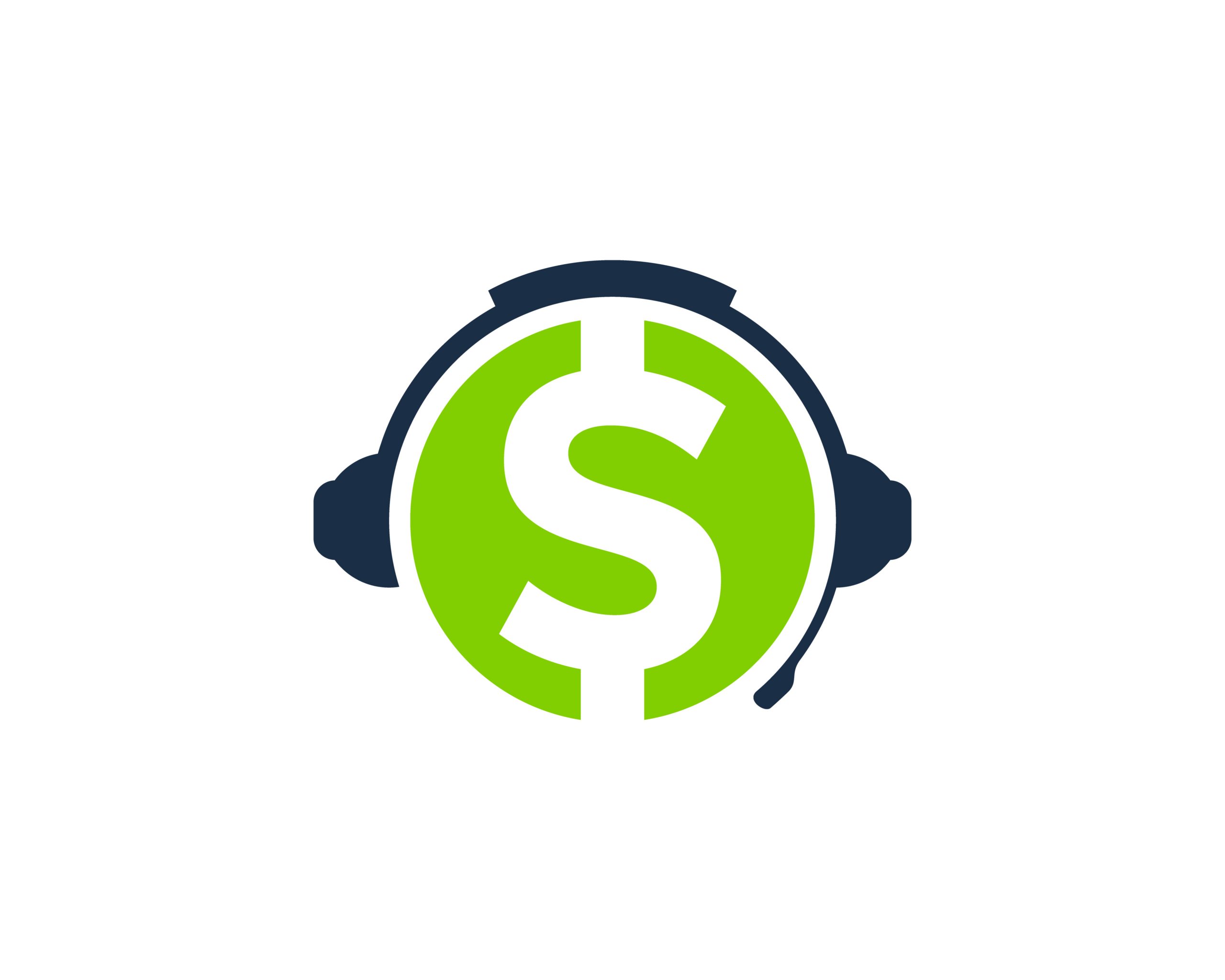
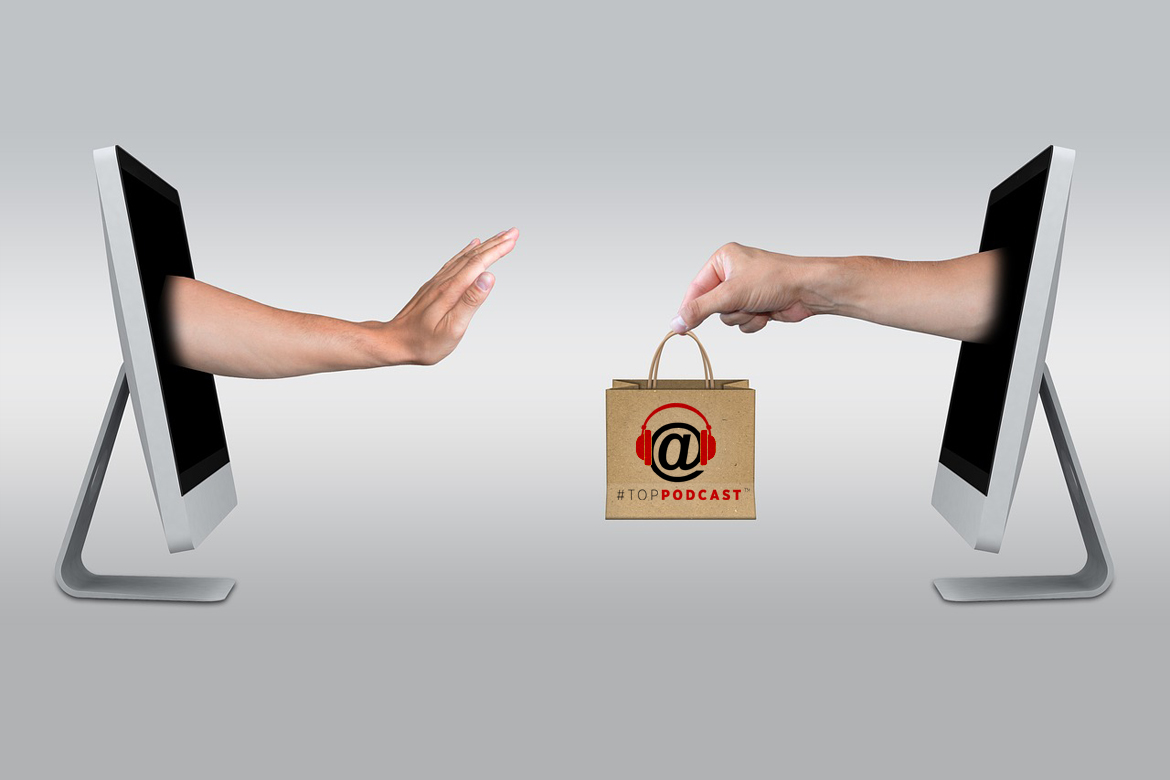
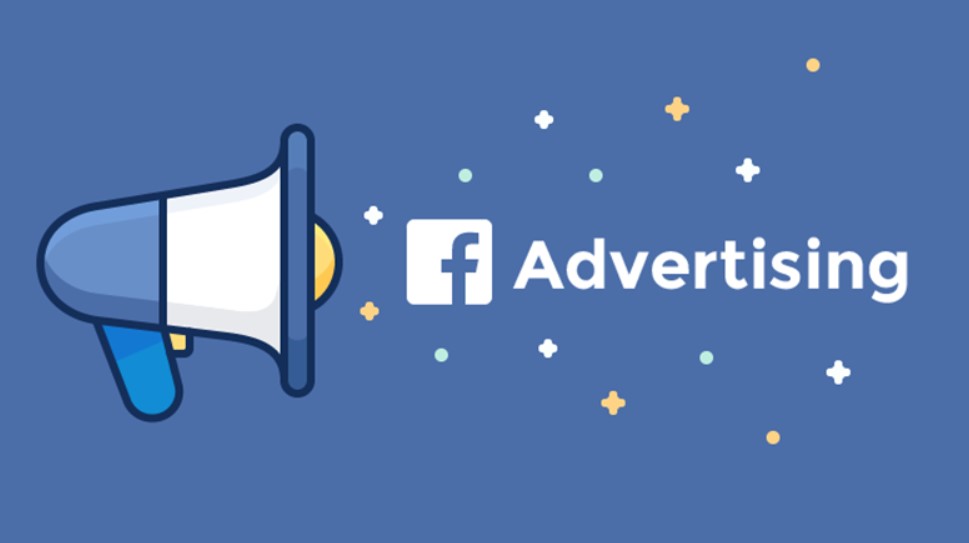


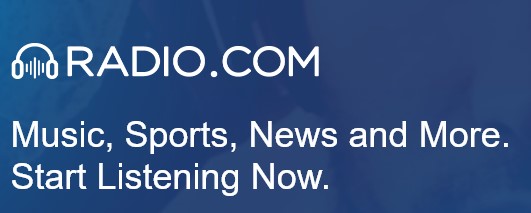
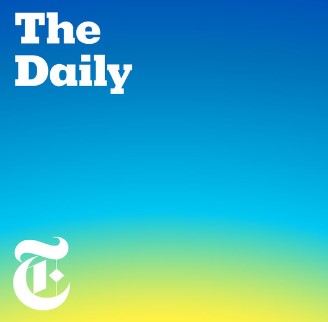

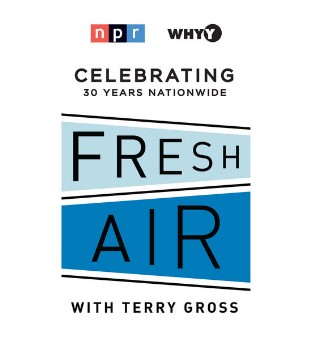
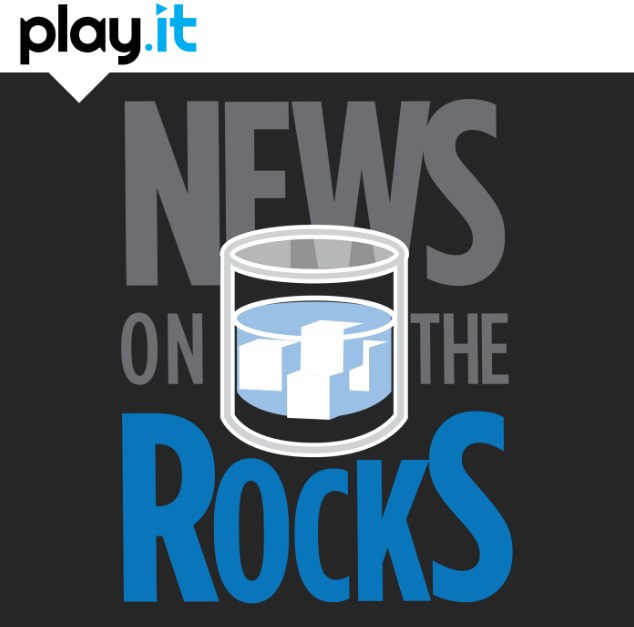
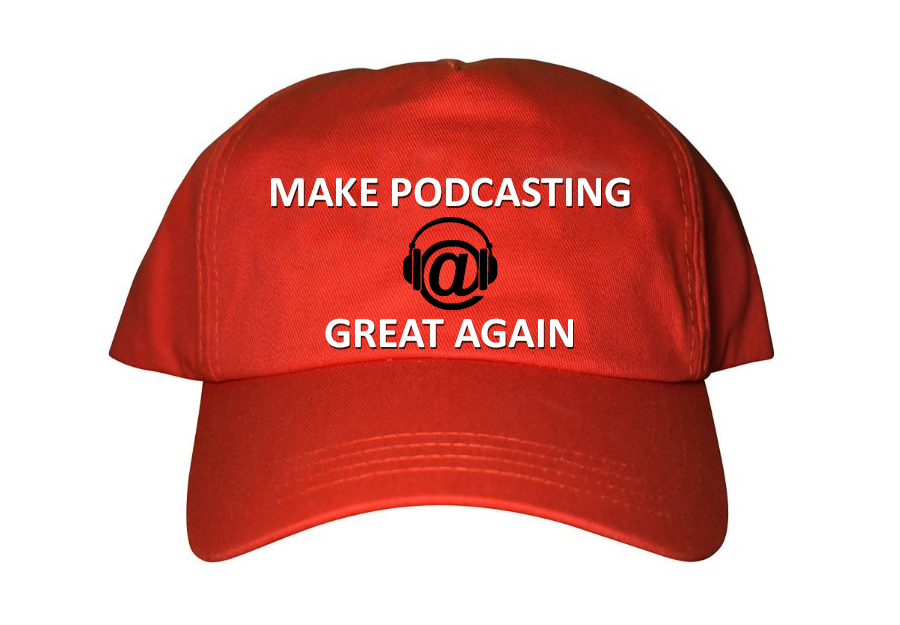




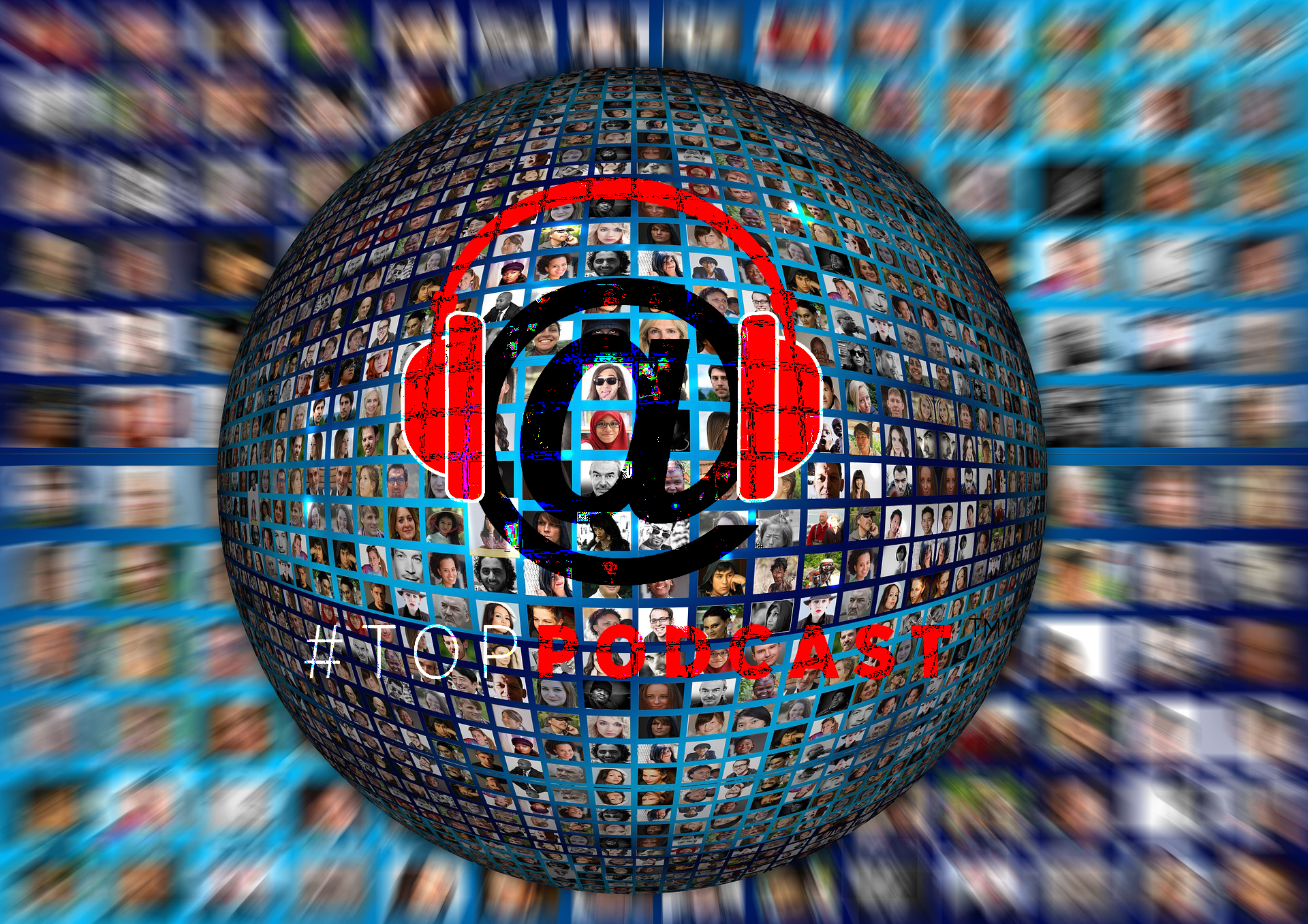
 Our TOPPODCAST Picks
Our TOPPODCAST Picks  Stay Connected
Stay Connected